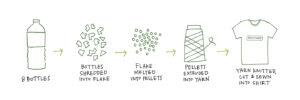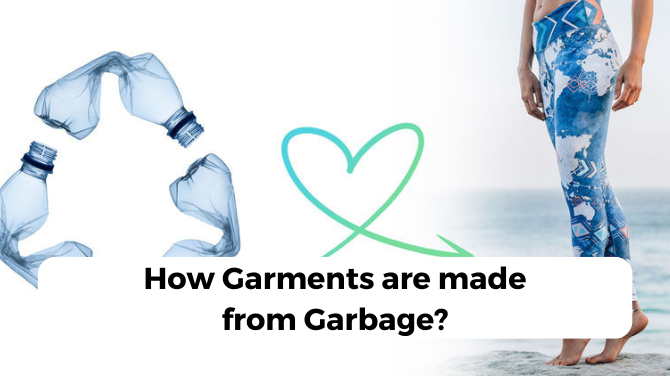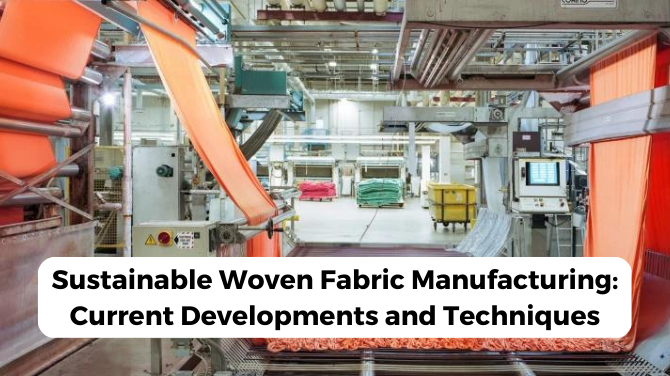Plastic waste from PET bottles is a major contributor to huge piles of garbage around the world. PET is a petrochemically synthesized polymer that poses a serious threat to the environment as it is non-biodegradable and pollutes the land, water, and air. Chemically, PET is polyethylene terephthalate, a type of polyester that is extruded or molded into plastic bottles and containers for packaging food, beverages, and consumer products.
How garments are made from garbage?
PET is widely used and is the preferred packaging material due to its transparent shape, lightweight, high strength, and low cost. His PET waste after use is usually discarded and treated as garbage. Reducing, reusing, and recycling are three possible ways to minimize the threat of such plastic bottle waste. However, due to the benefits of easy-to-use applications and economic efficiencies for many consumers, there appears to be little “reduction” in consumption; doing. “Recycling” of PET materials is common in developing countries, but the extent of such recycling is limited. So the only way to control this threat is to “recycle” used plastic bottles.
Benefits of recycling PET bottles

Recycling PET bottles allows us to conserve natural resources such as fossil fuels, reduce greenhouse gas emissions, reduce our carbon footprint, and create new business opportunities. Therefore, PET bottle recycling is considered to be the best option to economically reduce PET waste. The main advantages of recycling PET bottle waste are:
- Reduce waste ending up on land
- Sustainable to earth
- Decrease soil contamination
- Reduced oil consumption
- Produce new materials from waste
PET waste is converted into r-PET (recycled PET) for garment production. Both clothing brands and fashion-conscious consumers are interested and excited to try such garments made from PET waste bottles. Moreover, as oil prices rise, r-PET becomes financially viable instead of producing virgin PET. Current trends show that recycling of PET waste will reach his 25 million tons by 2025.
How r-PET is manufactured:
The steps involved in this process of making garments from garbage:
- Sterilized PET bottles are first dried and then crushed into small chips
- Strings of yarn are created by passing the heated chips through a spinneret
- A crimping machine then converts the yarn into a fluffy textured material
- Then it is baled, dyed, and woven into fabric.
How many bottles are required to make a garment?
It takes 6 bottles to make a t-shirt and a bodysuit. Nine bottles are used to create a sleepsuit, 5 bottles for a legging, and nine bottles for a dress.
If you are looking for a reliable sustainable woven fabric manufacturer, please contact us.










